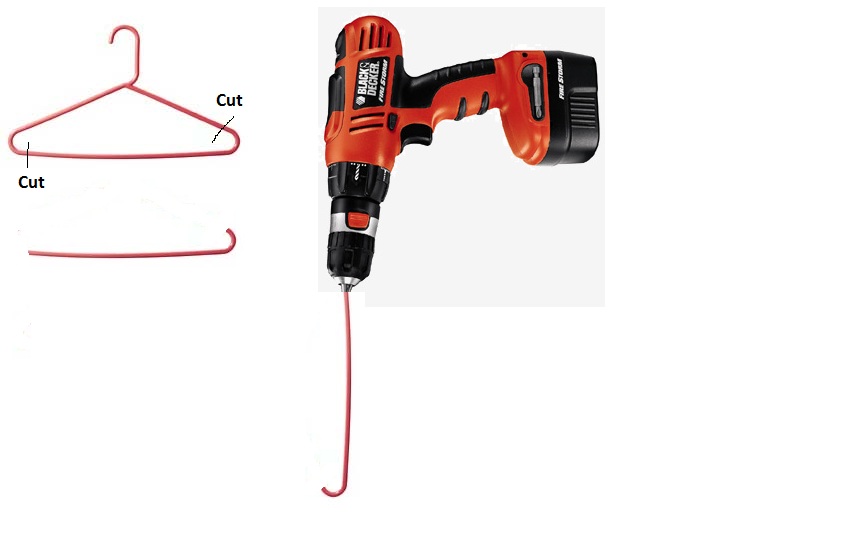So after a year of making kit wines at home (and a friendly prompt from TxBrew), I thought I'd share some newbie wisdom in the hope that it will shorten the learning curve for other newbies.
1. Don't waste your money on a premium 6- or 8-week kit if you're going to drink it right away. Start with a cheaper 5-week kit (they mature more quickly) and let the good stuff age for at least 8 months. That's when they begin to mellow out and the different flavours really start to open up.
2. Just because you can buy buck-a-bottle wine kits at Costco doesn't mean you should. The finished product is thin and watery, almost like diet Koolaid. I don't know if all 4-week kits are like this, but I'm not willing to spend any more of my money finding out.
3. Buy a $15 decanter with aerator top, and use it on every bottle that hasn't aged at least one year. It makes a surprising difference, especially with some of the more complex red wines.
4. Don't assume that adding your own ingredients to a wine kit is guaranteed to make it better. I turned a nice Chardonnay into liquid pencil shavings by adding two extra pouches of oak cubes, and I fouled up a Merlot by adding fresh blackberries. The Merlot was so harsh and unbalanced even after a year of bulk aging that I ended up blending it with the aforementioned Kostco Koolaid, just to make both wines drinkable.
5. Enjoy! It's a relaxing hobby that comes with its own community. You never know how many people are into wine & wine making until you get involved yourself.
1. Don't waste your money on a premium 6- or 8-week kit if you're going to drink it right away. Start with a cheaper 5-week kit (they mature more quickly) and let the good stuff age for at least 8 months. That's when they begin to mellow out and the different flavours really start to open up.
2. Just because you can buy buck-a-bottle wine kits at Costco doesn't mean you should. The finished product is thin and watery, almost like diet Koolaid. I don't know if all 4-week kits are like this, but I'm not willing to spend any more of my money finding out.
3. Buy a $15 decanter with aerator top, and use it on every bottle that hasn't aged at least one year. It makes a surprising difference, especially with some of the more complex red wines.
4. Don't assume that adding your own ingredients to a wine kit is guaranteed to make it better. I turned a nice Chardonnay into liquid pencil shavings by adding two extra pouches of oak cubes, and I fouled up a Merlot by adding fresh blackberries. The Merlot was so harsh and unbalanced even after a year of bulk aging that I ended up blending it with the aforementioned Kostco Koolaid, just to make both wines drinkable.

5. Enjoy! It's a relaxing hobby that comes with its own community. You never know how many people are into wine & wine making until you get involved yourself.









